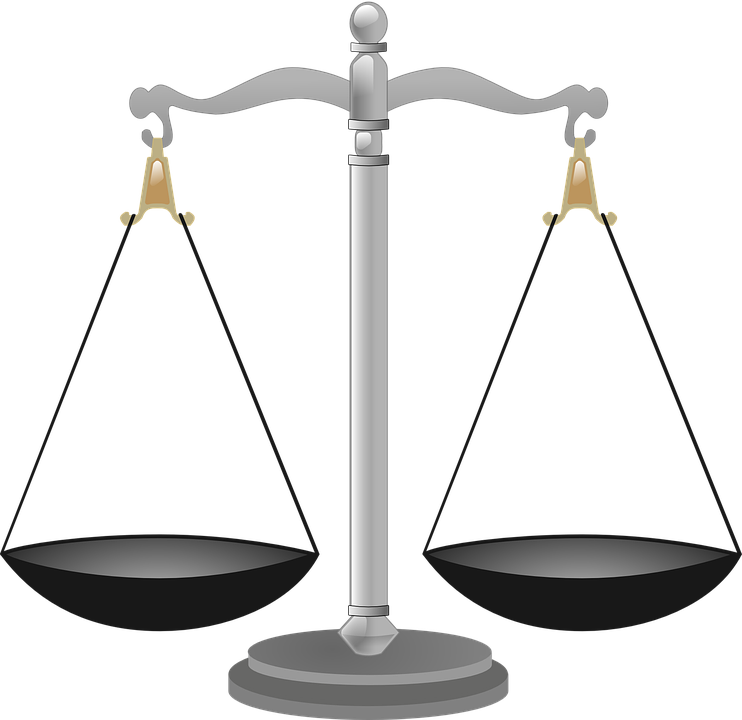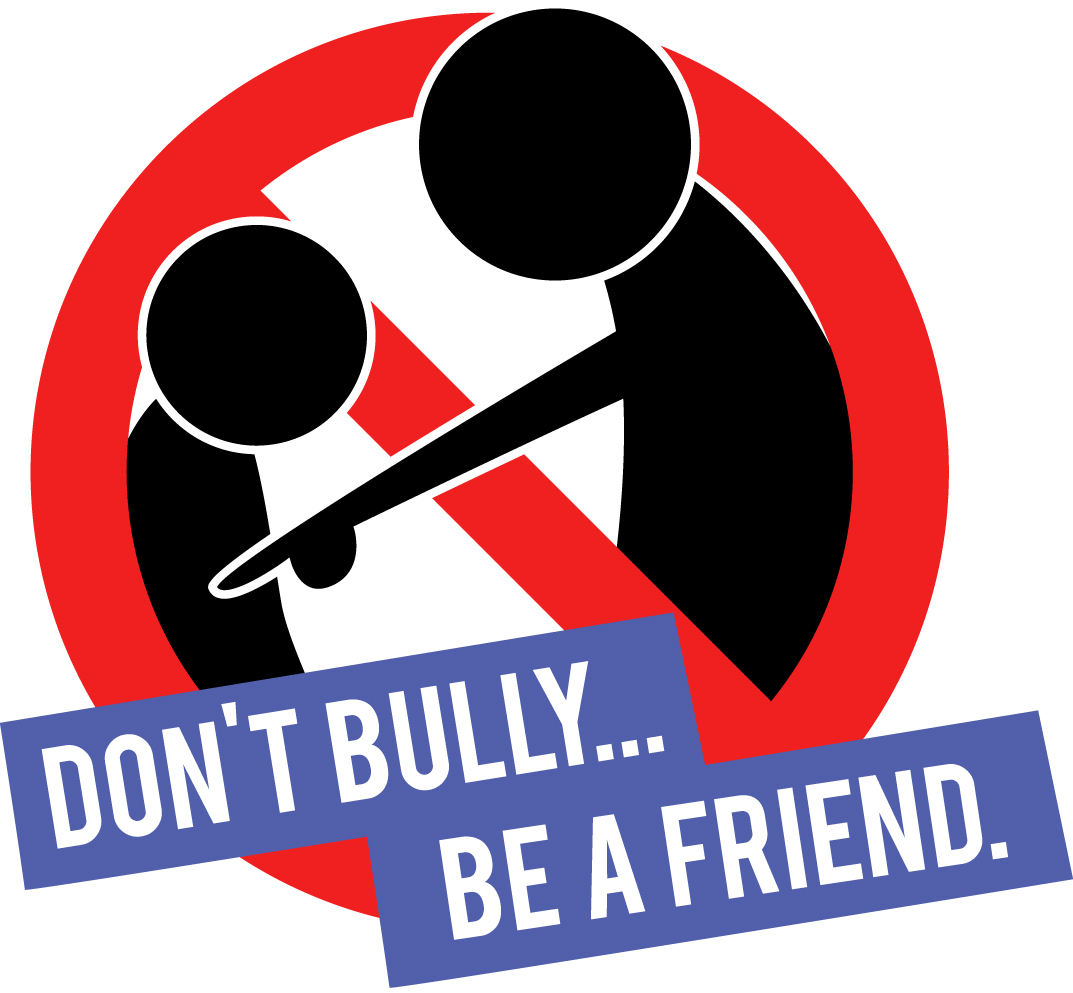
One of the most important things we can start teaching our students as we incorporate school devices and social media into the school setting is how to navigate these tools safely. This is a skill that they will need as it is a huge part of our current society. This is something we need to start teaching early and reinforcing often. I personally recommend the Digital Citizenship lessons for K-12 from Common Sense Media. Much of what will be discussed in this blog post is found in their curriculum. Common Sense Media has other great resources as well, such as reviews for movies, TV shows, books, games, and apps.
No matter what resources you incorporate into teaching your students about internet safety, make sure that you always remind them to talk to the adults in their family about what their family rules are. Each family is different and as such, expectations of what is or isn't okay are different as well.
Below are just a few things to think about as we teach our students and demonstrate how to appropriately use social media.
- Don't share identifying/personal information.
- This includes things like your full name, phone number, passwords, location, information about your family, credit card or bank account numbers.
- This information could be used to identify a specific person and their location.
- It could also be used to steal ones identity and access accounts or open new accounts fraudulently.

- Remember that everyone has a digital footprint.
- A digital footprint represents anything a person does online.
- This includes what websites you visit and what you post.
- Remember that even if you post something privately, that doesn't mean it stays private because anyone who can see it can take a screenshot or copy it.

- Only use approved websites and apps.
- Talk with the adults in your family to see what those are and what you should do if you want to go to a new website/app.
- If you accidentally end up on a website that you don't understand or that makes you uncomfortable, tell a trusted adult right away.
- Don't click on links you aren't familiar with and don't chat with people you don't know (or that your adults haven't approved).
- Be aware of online bullying.
- If you are bullied or you see someone being bullied, report it and tell an adult.
- Think before you post anything online. Is it kind, respectful, helpful?
- If you wouldn't say it to your friends in person, then don't say it online.

- Practice media balance.
- Make time to turn off devices.
- Play with friends and family in real life.
- Exercise and get fresh air.
- Eat a healthy variety of foods.
- Read a real book.
- Don't trust everything you see online.
- There is a lot of clickbait, phishing schemes, and fake news around.
- If something doesn't seem right, it's probably not.
- Check to make sure links are authentic before you click them.
- Be aware of messages asking for help, saying you won money, or stating that there is a problem with your account. These frequently lead to asking for financial information.

- Safety First Image:
- Public Domain: https://pixabay.com/illustrations/digital-traffic-signs-security-579553/
- Personal Information Image
- Public Domain https://pxhere.com/en/photo/1449185
- Footprint Image
- Notnarayan, CC BY-SA 3.0 <https://creativecommons.org/licenses/by-sa/3.0>, via Wikimedia Commons
- Checkmark Image
- Public Domain https://pixabay.com/vectors/check-button-computer-icon-symbol-24849/
- Don't Bully Image
- Alejandrasotomange, CC BY-SA 3.0 <https://creativecommons.org/licenses/by-sa/3.0>, via Wikimedia Commons
- Scale Image
- https://pixabay.com/vectors/scales-justice-scale-libra-balance-147219/
- Phishing Image
- https://pixabay.com/illustrations/phishing-fraud-cyber-security-3390518/


No comments:
Post a Comment